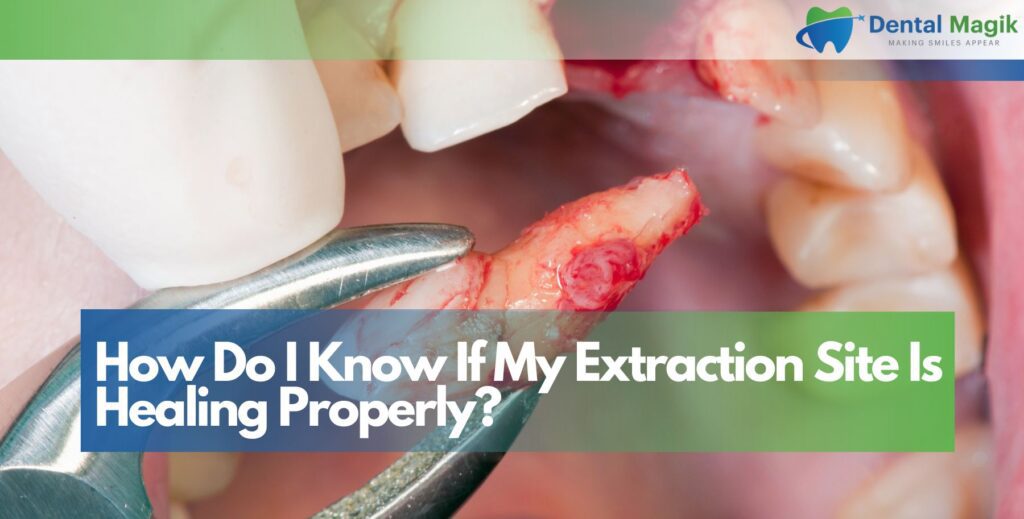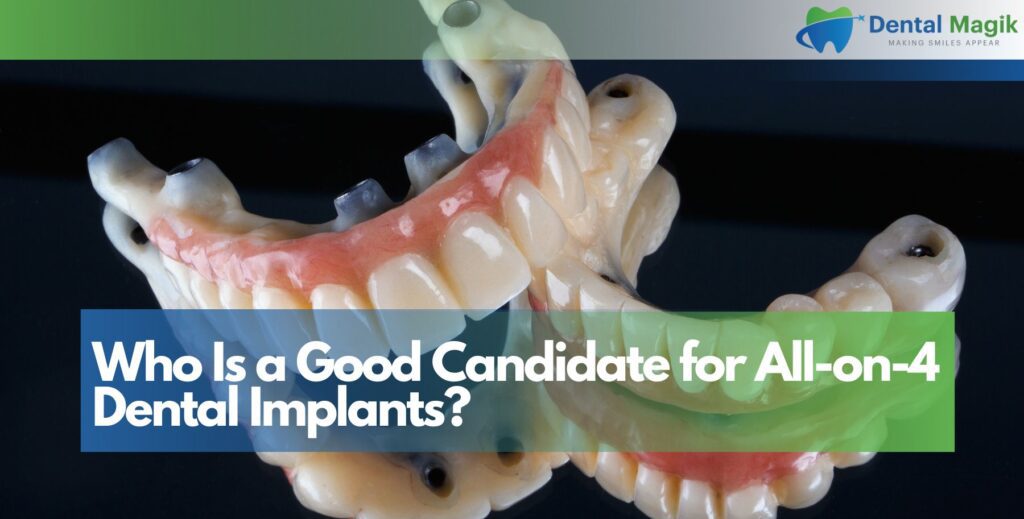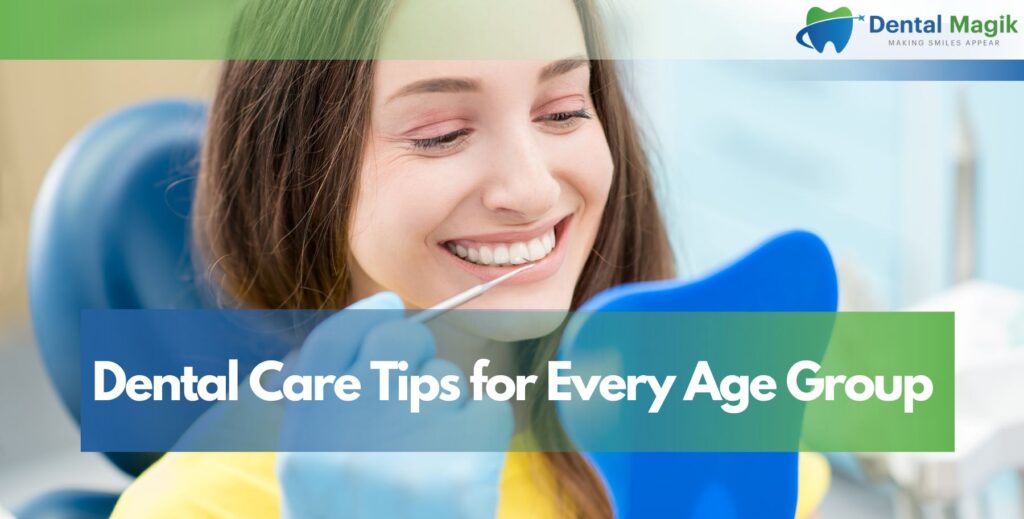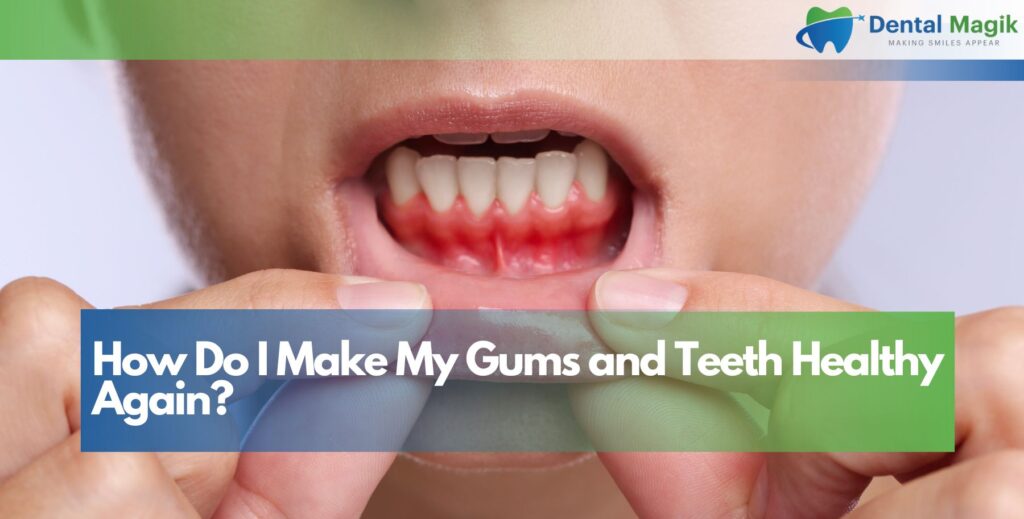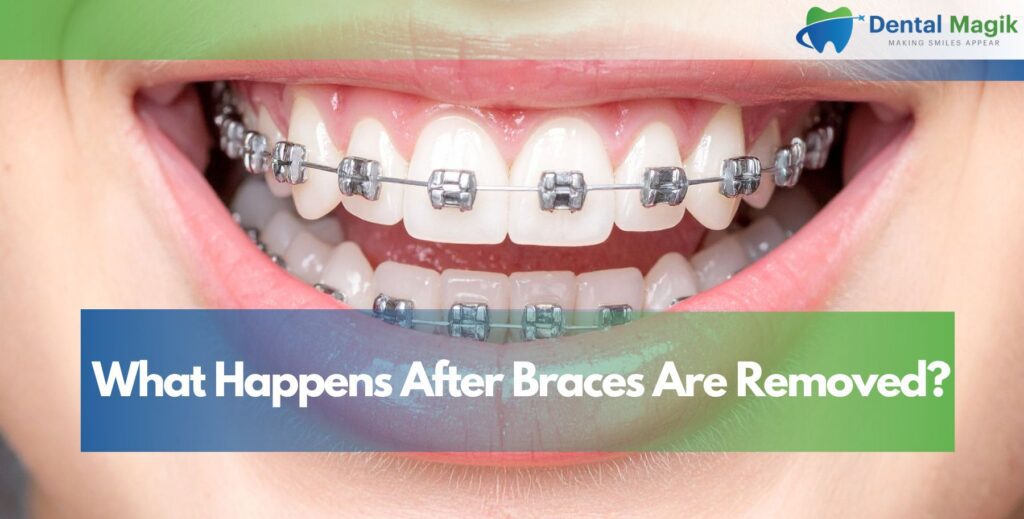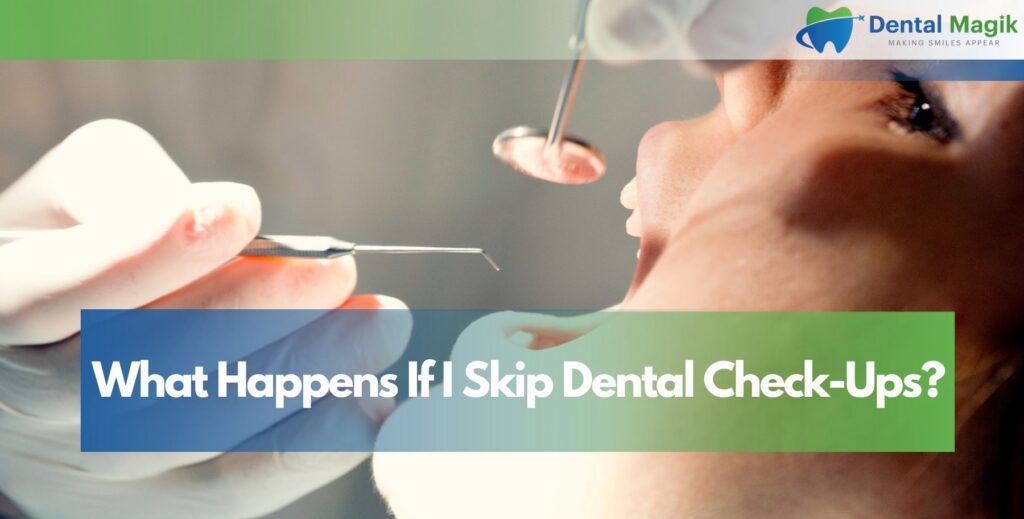Dental emergencies can strike unexpectedly, threatening your oral health and perfect smile. Whether it’s a knocked-out tooth, severe toothache, or a broken dental restoration, knowing how to respond quickly and effectively is crucial. Prompt action can mean the difference between saving a tooth and facing long-term complications. In this comprehensive guide, we’ll explore common dental emergencies, immediate steps to take, and preventive measures to protect your smile. By understanding how to handle these situations, you can minimize damage and maintain your oral health.
Table of Contents
What Constitutes a Dental Emergency?
A dental emergency involves any oral health issue that requires immediate attention to relieve pain, stop bleeding, or save a tooth. These situations often cause significant discomfort or risk permanent damage if not addressed promptly. Recognizing a dental emergency is the first step to preserving your smile.
Common Types of Dental Emergencies
Dental emergencies can range from traumatic injuries to sudden infections. Some of the most common include knocked-out teeth, cracked or broken teeth, severe toothaches, lost fillings or crowns, and oral infections like abscesses. Each requires specific actions to mitigate damage and ensure proper treatment.
When to Seek Immediate Dental Care
Not every dental issue is an emergency, but certain symptoms signal the need for urgent care. These include severe pain that doesn’t subside, persistent bleeding, swelling in the gums or face, or a tooth that’s been dislodged. If you’re unsure whether your situation qualifies, contact your dentist for guidance.
How to Handle a Knocked-Out Tooth Emergency
A knocked-out tooth is one of the most critical dental emergencies, often caused by sports injuries, falls, or accidents. Acting quickly can increase the chances of saving the tooth.
Immediate Steps for a Knocked-Out Tooth
If a tooth is knocked out, handle it by the crown (the chewing surface), not the root, to avoid damaging delicate tissues. Rinse the tooth gently with water if dirty, but do not scrub or remove any attached tissue. If possible, try to place the tooth back in its socket, ensuring it’s facing the right way, and hold it in place by gently biting down. If reinsertion isn’t possible, store the tooth in a container of milk or saline solution to keep it moist.
Seeking Professional Help
Time is critical in this scenario. Contact your dentist immediately and aim to receive treatment within 30-60 minutes. The sooner the tooth is reimplanted, the higher the likelihood of successful reattachment. Your dentist may splint the tooth to stabilize it during healing.
Managing a Cracked or Broken Tooth
Cracked or broken teeth are common emergencies, often resulting from biting hard foods, trauma, or weakened teeth due to decay. The severity of the crack determines the treatment approach.
First Aid for a Cracked Tooth
Rinse your mouth with warm water to clean the area and reduce the risk of infection. Apply a cold compress to the outside of your cheek to minimize swelling or pain. Avoid chewing on the affected side and take over-the-counter pain relievers like ibuprofen if needed. Collect any broken tooth fragments, as your dentist may be able to use them for repair.
Treatment Options for Broken Teeth
Depending on the damage, your dentist may recommend bonding, a crown, or a root canal if the tooth’s nerve is exposed. In severe cases, extraction may be necessary. Prompt treatment can prevent further damage and restore your smile’s appearance and function.
Addressing Severe Toothache Pain
A severe toothache can be debilitating, often indicating an underlying issue like decay, infection, or a cracked tooth. Ignoring the pain can worsen the condition.
Temporary Relief for Toothache Pain
To manage pain until you see a dentist, rinse your mouth with warm saltwater to reduce inflammation and clean the area. Floss gently to remove any trapped food particles that may be causing irritation. Over-the-counter pain relievers can help, but avoid placing aspirin directly on the gums, as it can cause burns.
When to See a Dentist for Toothache
A toothache that persists for more than a day, is accompanied by fever or swelling, or worsens with chewing requires immediate dental attention. Your dentist will diagnose the cause—such as a cavity, abscess, or gum disease—and recommend treatments like fillings, root canals, or antibiotics.
Handling Lost Fillings or Crowns
Losing a filling or crown can expose the underlying tooth, causing sensitivity or pain. This is considered an emergency if it leads to discomfort or risks further damage.
Temporary Measures for Lost Restorations
If a filling or crown comes loose, try to keep the crown if possible, as your dentist may be able to reattach it. Apply dental cement, available at pharmacies, or a small amount of toothpaste to the exposed tooth to protect it temporarily. Avoid chewing on the affected area to prevent cracking or further damage.
Professional Repair for Fillings and Crowns
Your dentist will assess the tooth and either replace the filling, re-cement the crown, or recommend a new restoration. Prompt care ensures the tooth remains protected and functional, preserving your smile.
Dealing with Dental Abscesses and Infections
A dental abscess is a painful infection that forms a pocket of pus in the gums or tooth root, often caused by untreated decay or gum disease. Left untreated, it can lead to serious complications.
Recognizing Symptoms of a Dental Abscess
Symptoms include throbbing pain, swelling, redness, a bad taste in the mouth, or fever. In severe cases, swelling may spread to the face or neck, requiring urgent care. If you notice these signs, don’t delay seeking treatment.
Emergency Treatment for Abscesses
Rinse your mouth with warm saltwater to alleviate discomfort and reduce bacteria. However, abscesses require professional intervention, such as drainage, antibiotics, or a root canal. In some cases, extraction may be necessary to prevent the infection from spreading.
Preventing Dental Emergencies
While not all dental emergencies can be avoided, proactive measures can reduce your risk and help maintain your perfect smile.
Maintain Excellent Oral Hygiene
Brushing twice daily, flossing, and using an antiseptic mouthwash can prevent decay and gum disease, which are common causes of emergencies. Regular dental checkups allow for early detection and treatment of potential issues.
Wear Protective Gear During Sports
For those involved in contact sports or activities with a risk of facial injury, wearing a mouthguard is essential. Custom-fitted mouthguards from your dentist offer the best protection against knocked-out or broken teeth.
Avoid Hard Foods and Bad Habits
Chewing on hard objects like ice, popcorn kernels, or pens can crack teeth. Similarly, using your teeth to open packages or bottles increases the risk of damage. Opt for softer foods and use proper tools to avoid unnecessary strain on your teeth.
What to Expect During Emergency Dental Visits
Knowing what to expect during an emergency dental visit can ease anxiety and help you prepare.
Initial Assessment and Diagnosis
Your dentist will evaluate the issue using a physical exam and possibly X-rays to assess the extent of the damage. They’ll ask about your symptoms, medical history, and the incident that caused the emergency to determine the best course of action.
Treatment and Follow-Up Care
Treatment may involve reimplanting a tooth, repairing a crack, draining an abscess, or replacing a lost restoration. Your dentist will provide post-treatment instructions, such as dietary restrictions or medications, to support healing. Follow-up visits ensure proper recovery and address any lingering issues.
Conclusion
Dental emergencies can be distressing, but quick action and proper care can save your perfect smile. Whether dealing with a knocked-out tooth, severe pain, or an infection, knowing how to respond and when to seek professional help is critical. By maintaining good oral hygiene, taking preventive measures, and addressing issues promptly, you can protect your teeth and avoid long-term complications. If you’re facing a dental emergency in the East Brunswick area, contact a trusted Dentist in East Brunswick, NJ for expert care and immediate relief.
FAQs
What qualifies as a dental emergency?
A dental emergency involves severe pain, bleeding, swelling, a knocked-out tooth, or a broken tooth that requires immediate attention to prevent permanent damage or complications.
Can I wait to see a dentist for a knocked-out tooth?
No, you should see a dentist within 30-60 minutes for the best chance of saving the tooth. Store it in milk or saline and avoid touching the root.
How can I relieve toothache pain before seeing a dentist?
Rinse with warm saltwater, floss to remove debris, and take over-the-counter pain relievers. Avoid placing aspirin on the gums, as it can cause burns.
What should I do if I lose a filling or crown?
Protect the exposed tooth with dental cement or toothpaste, avoid chewing on it, and see your dentist as soon as possible to replace or repair the restoration.
How can I prevent dental emergencies?
Maintain good oral hygiene, wear a mouthguard during sports, avoid chewing hard objects, and visit your dentist regularly for checkups to catch issues early.


